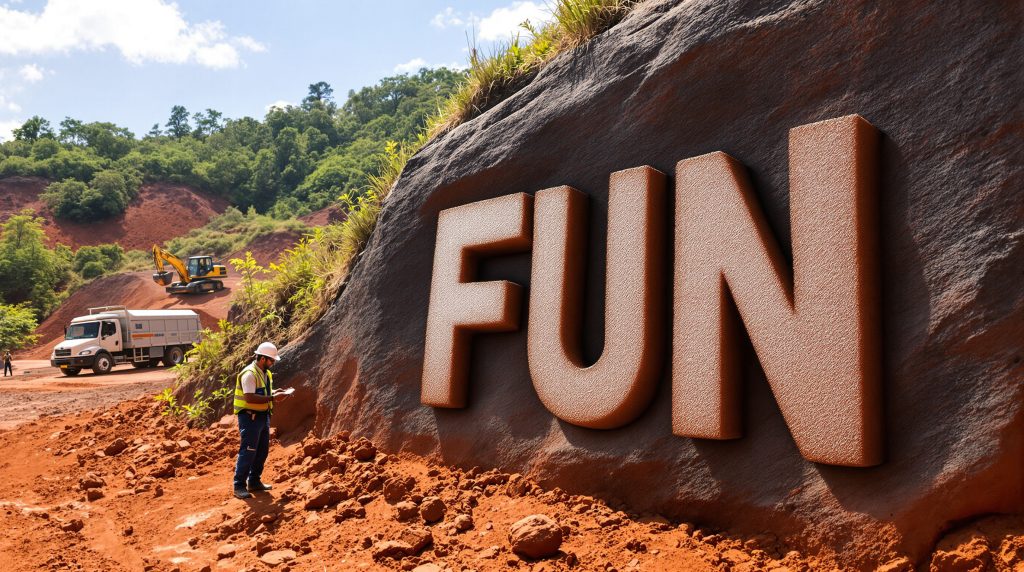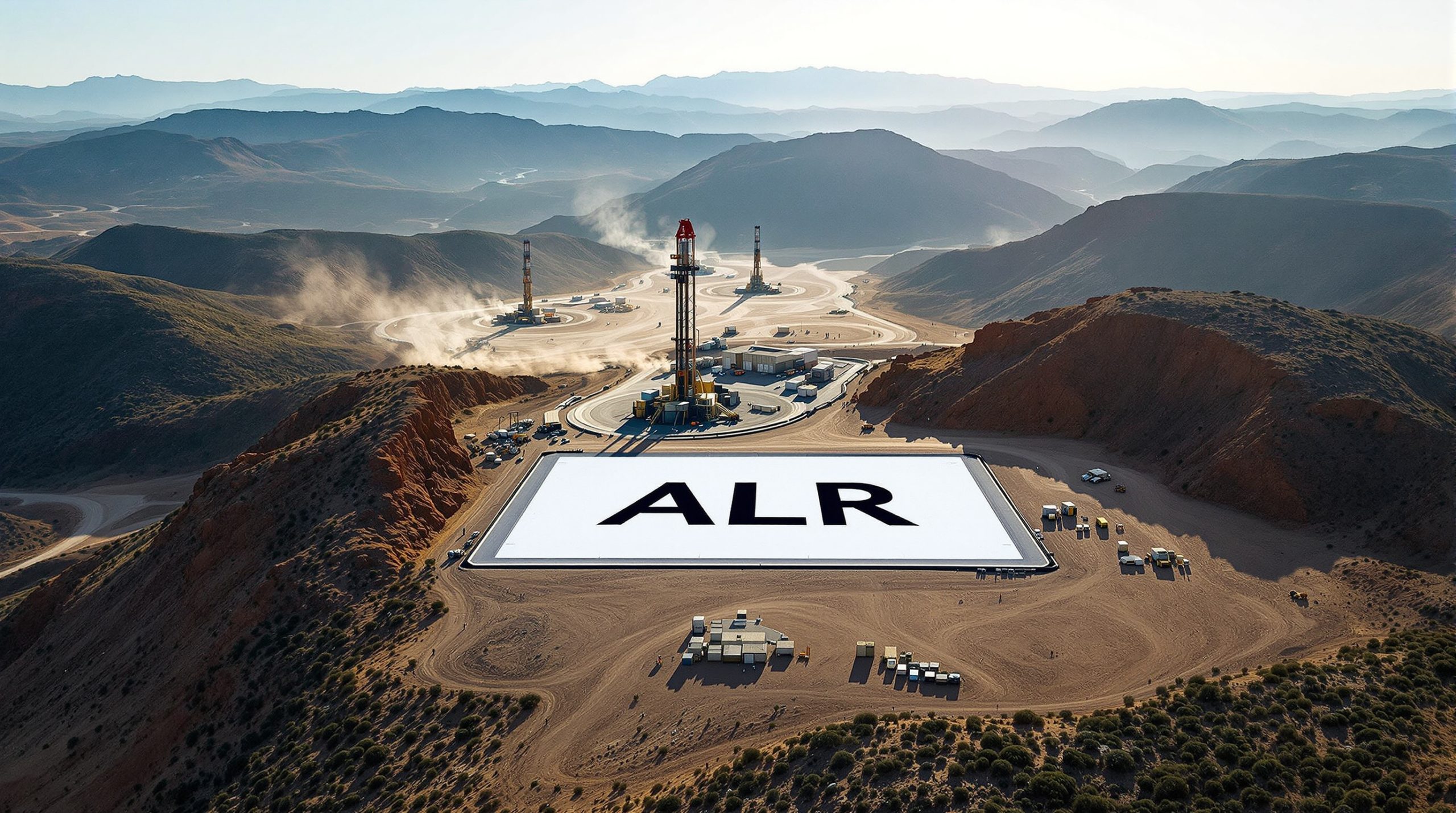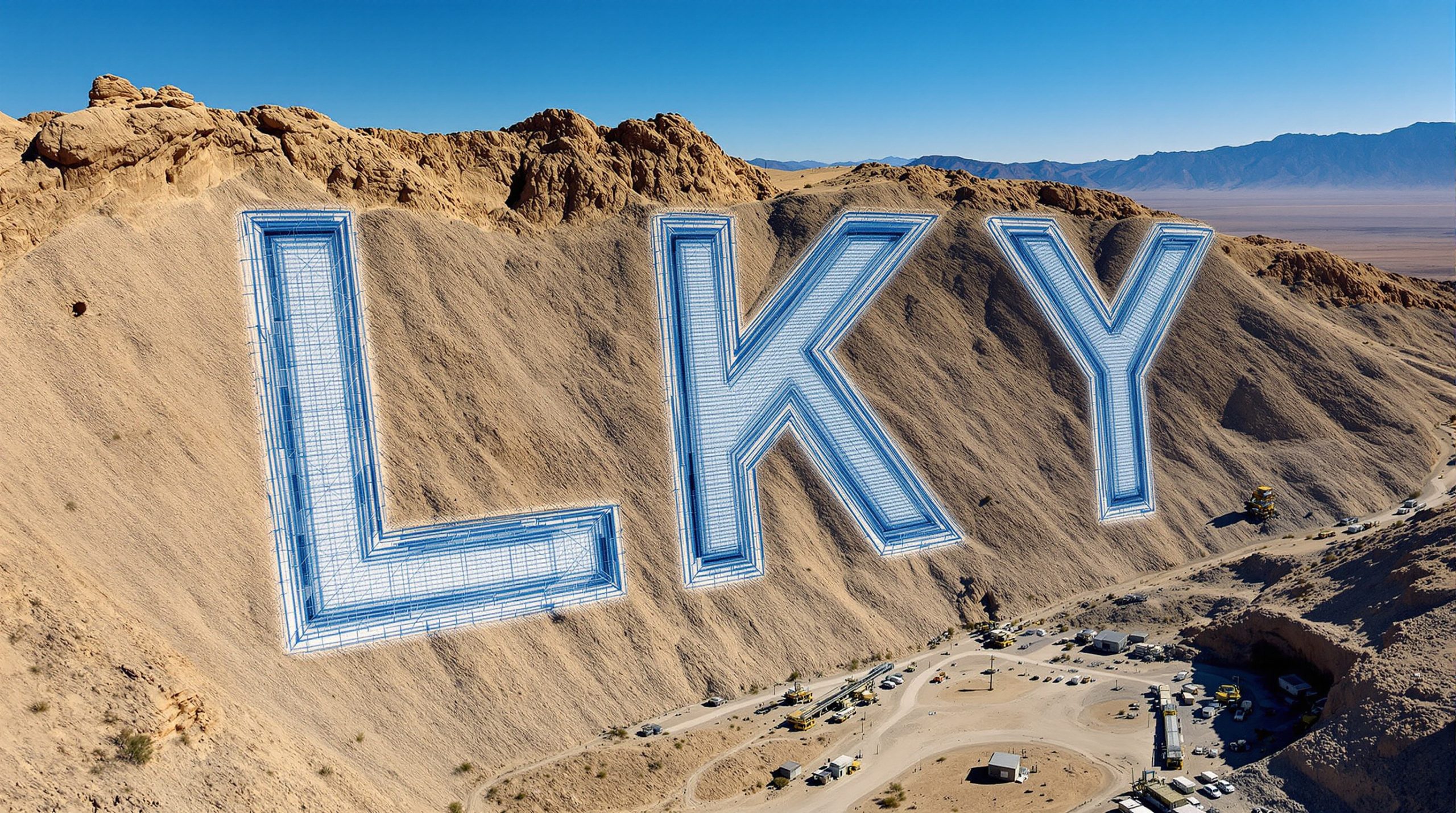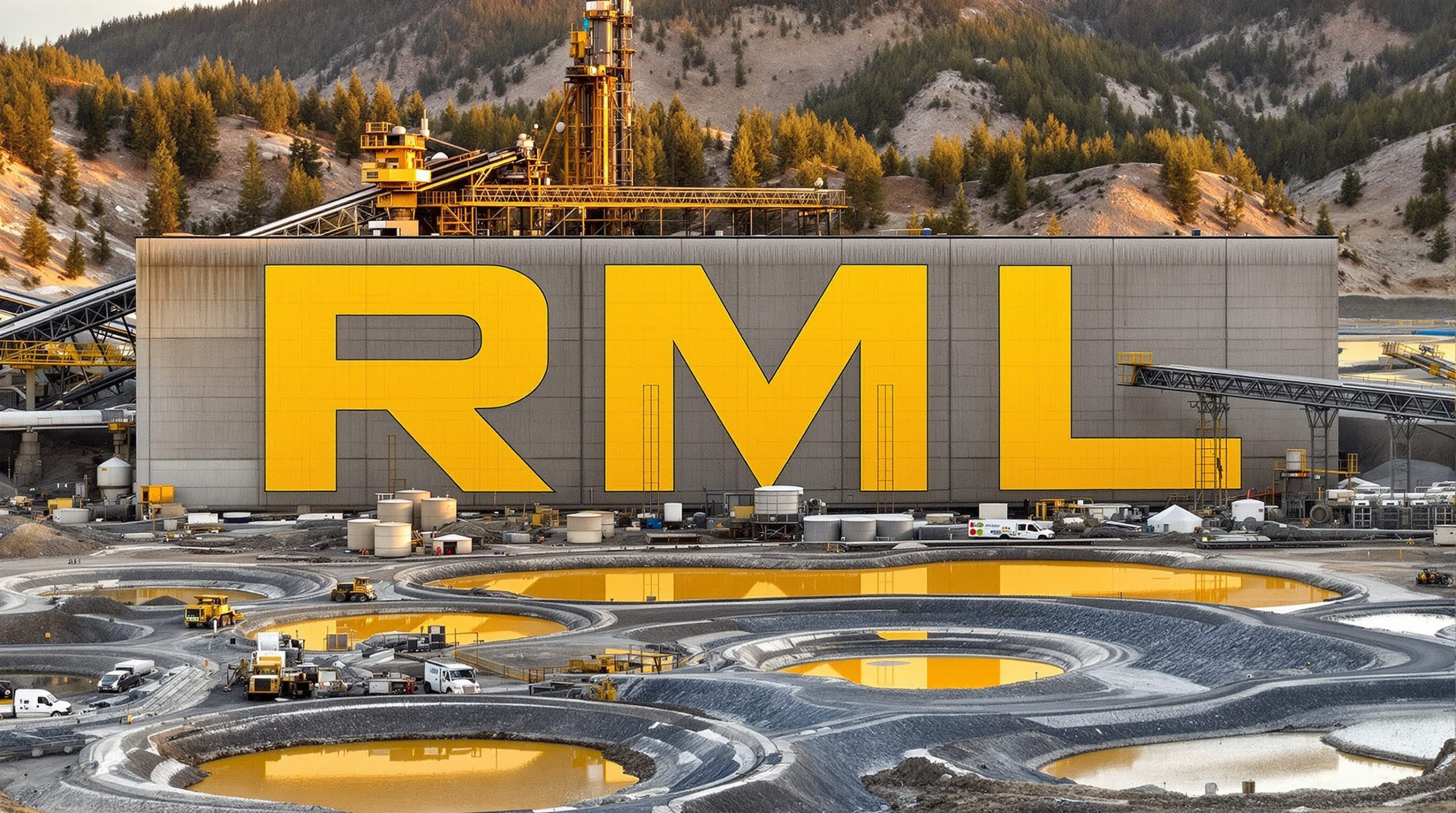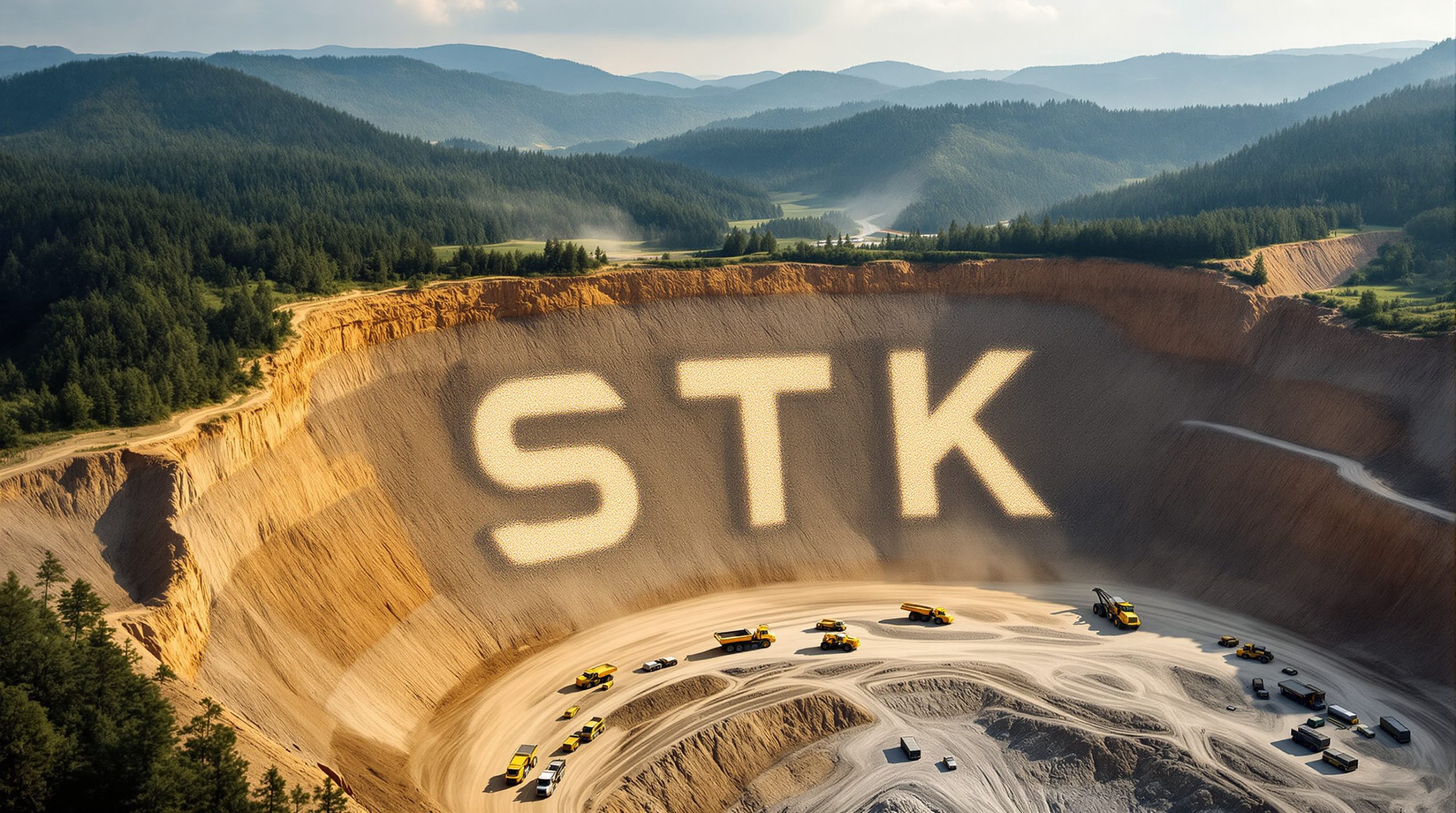Strategic Acquisition Next to Tier One Deposit
Fortuna Metals Limited (ASX: FUN) has announced a significant acquisition of two exploration licenses in Malawi's emerging rutile province, positioning the company to potentially make major discoveries in a region that hosts world-class mineral deposits.
Fortuna has entered a binding agreement to acquire the Mkanda and Kampini Projects, covering 658 square kilometers adjacent to Sovereign Metals' (ASX: SVM) Kasiya deposit – the world's largest rutile and second-largest flake graphite resource at 1,809Mt @ 1% Rutile and 1.4% Graphite.
The proximity to such a significant resource is particularly noteworthy, as the projects share the same geological basement rock unit that hosts Kasiya's rutile and graphite mineralisation.
"I am looking forward to the opportunity to lead the Company with the aim of making a major rutile and graphite discovery in the emerging Malawi rutile province," said newly appointed CEO Tom Langley. "The projects cover some of the most prospective geology outside of Sovereign's Kasiya deposit… I believe this acquisition is an exceptional opportunity that presents compelling exploration upside."
Critical Mineral Focus in Stable Jurisdiction
Rutile, the purest natural form of titanium dioxide, represents a strategic focus in today's critical minerals landscape. Titanium demand is projected to grow significantly, driven by applications in:
- Robotics
- Aerospace
- Defence applications
- Advanced manufacturing
The projects are located in Malawi, considered a stable democratic nation in Africa with excellent surrounding infrastructure including sealed roads and rail access to deep-water ports – critical factors for potential future development.
Two-Phase Exploration Program Set to Begin
Fortuna Metals secures Malawi rutile projects through a structured exploration approach over the next 12 months:
Phase One:
- Soil sampling across known target areas
- Initial hand auger drilling program
- Approximately 250 soil samples and 64 hand auger drill holes (640m) planned
Phase Two:
- Purchase and reprocessing of existing geophysical data
- Assessment of past exploration reports
- Expanded hand auger drilling based on phase one results
This methodical approach will allow the company to rapidly assess the rutile and graphite potential across these highly prospective licenses.
Understanding Rutile Deposits: Residual Placer Enrichment
The high-grade rutile deposit at neighbouring Kasiya is classified as a residual placer or eluvial heavy mineral deposit. Unlike traditional placer deposits that require high-energy transport, these deposits form through in-place concentration.
The process involves:
- Tropical weathering during the Tertiary period
- Depletion of physically and chemically mobile minerals in the top 5-10m
- Significant volume loss
- Concurrent concentration of heavy minerals including rutile
This geological mechanism creates the potential for extensive, near-surface deposits that can be relatively simple to extract compared to hard-rock mining operations.
What is Rutile?
Rutile is the purest natural form of titanium dioxide (TiO₂), typically containing over 95% TiO₂. As a mineral, rutile appears as reddish-brown to black prismatic crystals with a metallic to adamantine lustre. It forms primarily in metamorphic rocks, particularly those rich in titanium, and can accumulate in significant quantities in heavy mineral sand deposits through weathering and erosion processes.
The value of rutile lies in its high titanium content, making it an efficient source material for titanium metal production and titanium dioxide pigments. Compared to other titanium minerals like ilmenite (FeTiO₃), rutile requires less processing to produce high-purity titanium products, resulting in lower environmental impacts and production costs.
Global rutile demand continues to grow, driven by several key applications:
- Titanium Metal Production: Used in aerospace, medical implants, and military applications due to its exceptional strength-to-weight ratio and corrosion resistance
- Welding Electrode Coatings: Essential for high-quality welding rods
- Pigment Manufacturing: The primary source for brilliant white pigments used in paints, plastics, paper, and cosmetics
- Electronics: Components in high-performance capacitors
The limited number of significant rutile deposits globally makes new discoveries particularly valuable to supply chains. With the highest natural titanium dioxide content of any mineral, rutile commands premium pricing in mineral markets, typically trading at 3-4 times the price of ilmenite concentrates.
Acquisition Structure and Leadership
The acquisition involves:
- Issuing 55,000,000 shares and 55,000,000 performance shares to the vendors
- A cash payment of $100,000 for project cost reimbursement
- Assumption of an existing 1.5% gross revenue royalty
The company has appointed Tom Langley as CEO, bringing extensive experience in exploration and mining geology. His background includes oversight of large-scale resource definition programs, early-stage project evaluation, and grassroots exploration across multiple commodities and deposit types.
Mr. Langley holds a BSc in Geology from the University of Western Australia and an MSc in Economic Geology from the University of Tasmania. His professional memberships include the Australasian Institute of Mining and Metallurgy, the Australian Institute of Company Directors, and the Australian Institute of Geoscientists.
Why Investors Should Monitor Fortuna Metals
This acquisition positions Fortuna in a highly prospective region with several compelling investment considerations:
-
Strategic Mineral Focus: Exposure to rutile, a critical mineral essential for future-facing industries including aerospace, defence, and advanced manufacturing.
-
World-Class Neighbourhood: Adjacent to Sovereign Metals' Kasiya deposit – the world's largest rutile and second-largest flake graphite resource.
-
Geological Continuity: Projects cover the same basement rock unit hosting the Kasiya deposit, suggesting strong exploration potential.
-
Infrastructure Advantages: Located in a region with excellent existing infrastructure including sealed roads and rail access to deep-water ports.
-
Experienced Leadership: New CEO Tom Langley brings relevant expertise in resource definition and early-stage project evaluation.
-
Clear Exploration Pathway: Structured two-phase approach allows for systematic assessment with multiple potential value catalysts.
With completion of the acquisition targeted for early November 2025 and exploration set to commence shortly thereafter, investors should watch for initial soil sampling and hand auger drilling results as the first indicators of the projects' potential. Furthermore, Fortuna Metals secures Malawi rutile projects that could potentially transform the company's future growth trajectory.
Want to Explore This Exceptional Rutile Opportunity?
For investors seeking exposure to critical minerals in a highly prospective region, Fortuna Metals offers compelling potential with its strategic acquisition next to the world's largest rutile deposit. To learn more about the company's Malawi rutile projects, exploration timeline and investment opportunity, visit Fortuna Metals' website for detailed information and stay updated on their progress in this emerging rutile province.
